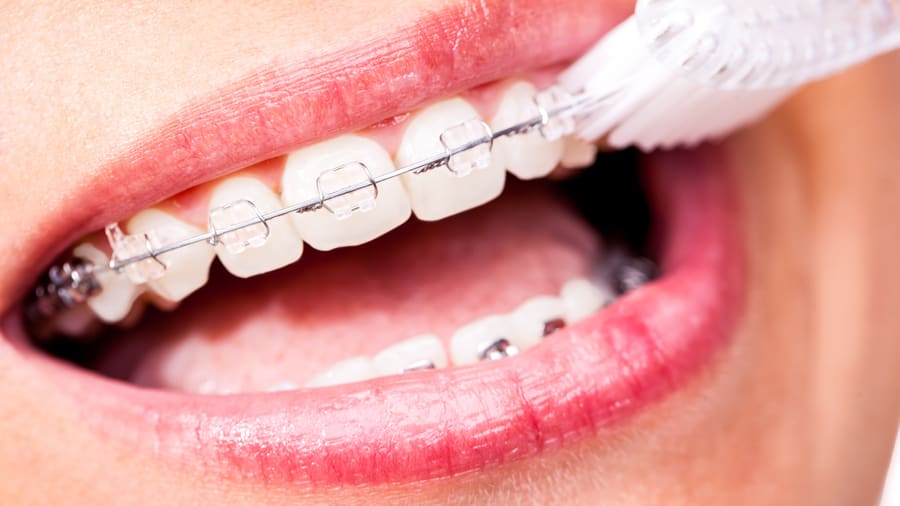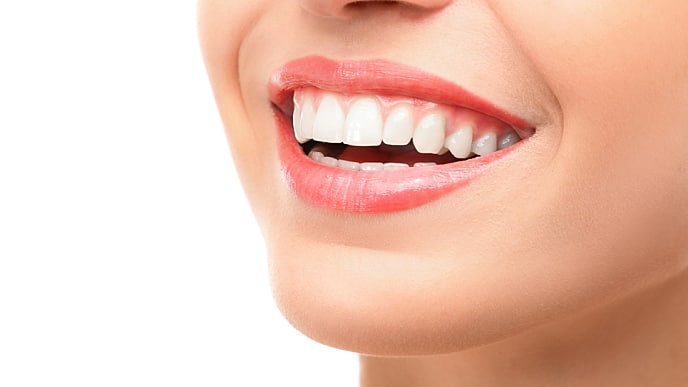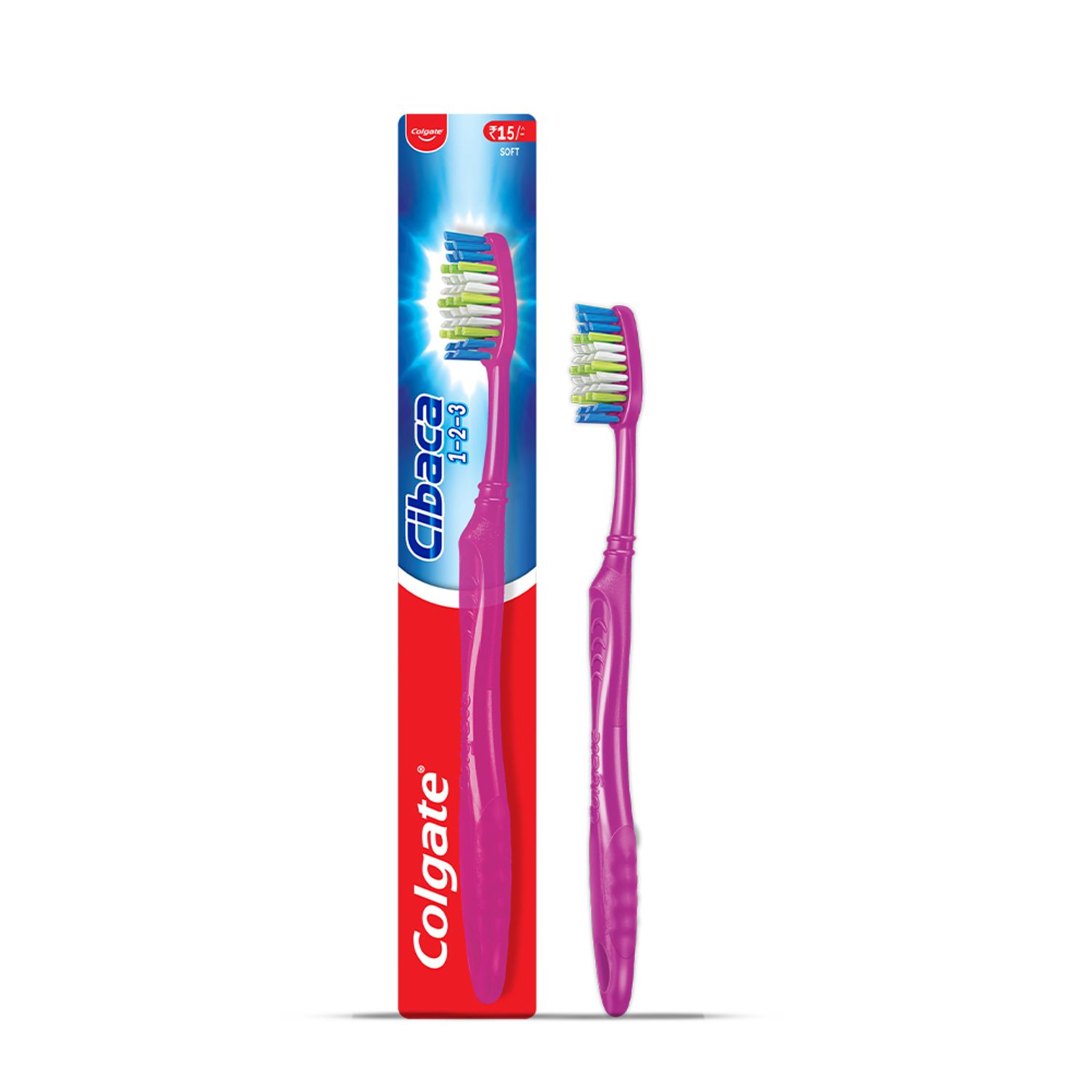-
-

TEETH WHITENING
What Is Stannous Fluoride Toothpaste?Stannous fluoride toothpaste helps prevent cavities, reduce sensitivity, fight plaque, and support daily gum and enamel health.

Selecting Dental Products
Best Toothpaste in India: Five Dentist-Recommended TypesToothpastes today are formulated to meet your every dental need and come in many flavours. Have your dental professional suggest the best toothpaste in India.
-
Science & Innovation
- ORAL HEALTH CHECK
- PRODUCT MATCH
- Colgate® | Toothpaste, Toothbrushes & Oral Care Resources
- Oral Health
- Early Orthodontics
- Early Orthodontics: How to Brush Teeth With Braces


Whether your children have braces for six months or two years, one thing is certain: It is crucial that they learn how to brush their teeth with braces. Dental braces make brushing difficult because food particles and plaque can adhere to the brackets and teeth. According to the American Dental Association (ADA), the number of times a person with braces should brush each day varies from orthodontist to orthodontist, but it is important to brush after every meal.
Brushing Teeth With Braces
Before you brush, rinse with water. This can help loosen any food lodged in and around the braces. When you're ready to brush, start by brushing at the gumline at a 45-degree angle. After brushing the gumline, place the toothbrush on top of the brackets, angling down to brush on top of each bracket. Then, reposition the toothbrush to brush the bottom of the bracket and the wire, angling the toothbrush up. Go slowly. Make sure to brush every tooth at the gumline as well as above and below the brackets. This will ensure you'll reach the majority of the tooth's surface and help to remove plaque and food debris. Even kids who are old enough to brush on their own may require help until they are comfortable properly angling the toothbrush and have learned how to brush their teeth with braces.
Cleaning Between Teeth
Flossing is a crucial step toward keeping teeth healthy. Use a floss threader to make flossing with braces easier. Soft picks can help brush very tight spaces. After brushing, you can help prevent cavities by rinsing with a mouthwash. Taking care of teeth with braces requires diligence. Kids in braces don't always have the discipline they need to care for their teeth, so it's important for parents to encourage and help with tooth care. And, even with braces on, kids should see their dentist twice a year for cleanings and check-ups.
This article is intended to promote understanding of and knowledge about general oral health topics. It is not intended to be a substitute for professional advice, diagnosis or treatment. Always seek the advice of your dentist or other qualified healthcare provider with any questions you may have regarding a medical condition or treatment.
ORAL HEALTH QUIZ
What's behind your smile?
Take our Oral Health assessment to get the most from your oral care routine
2.3 billion
people worldwide suffer from tooth decay
ORAL HEALTH QUIZ
What's behind your smile?
Take our Oral Health assessment to get the most from your oral care routine
2.3 billion
people worldwide suffer from tooth decay
Related Products

Helping dental professionals
More professionals across the world trust Colgate. Find resources, products, and information to give your patients a healthier future










